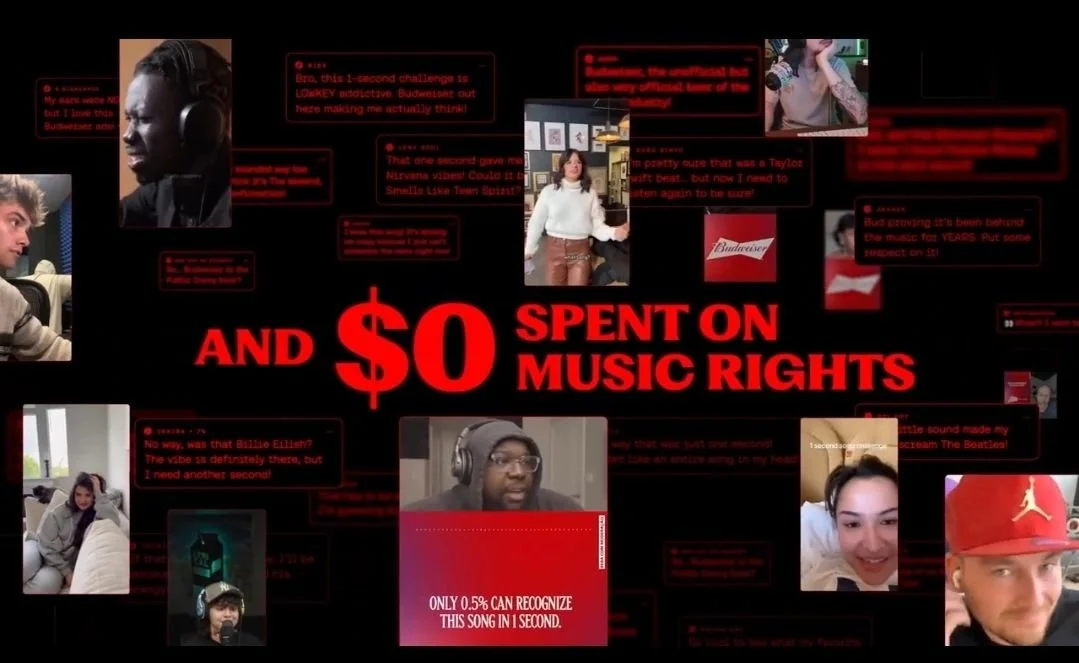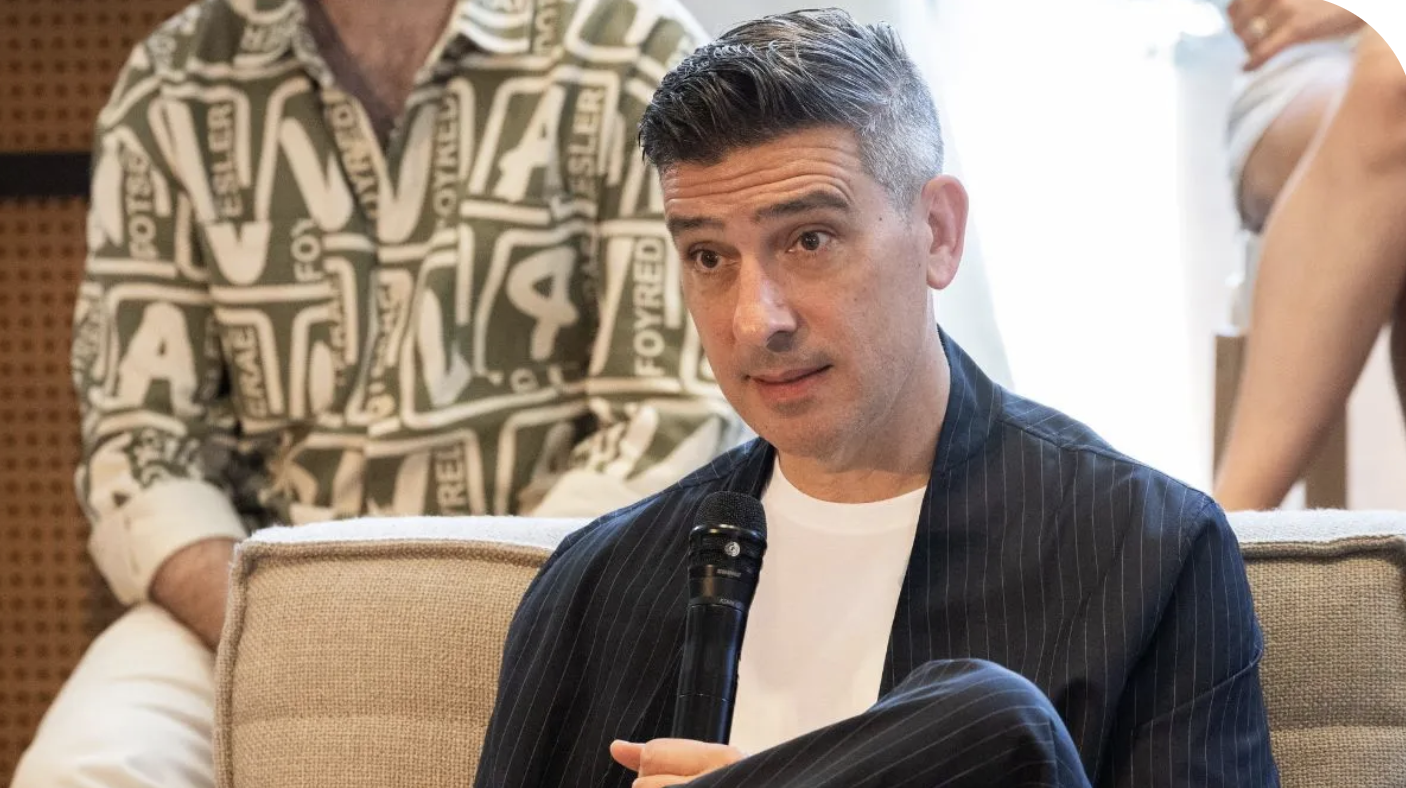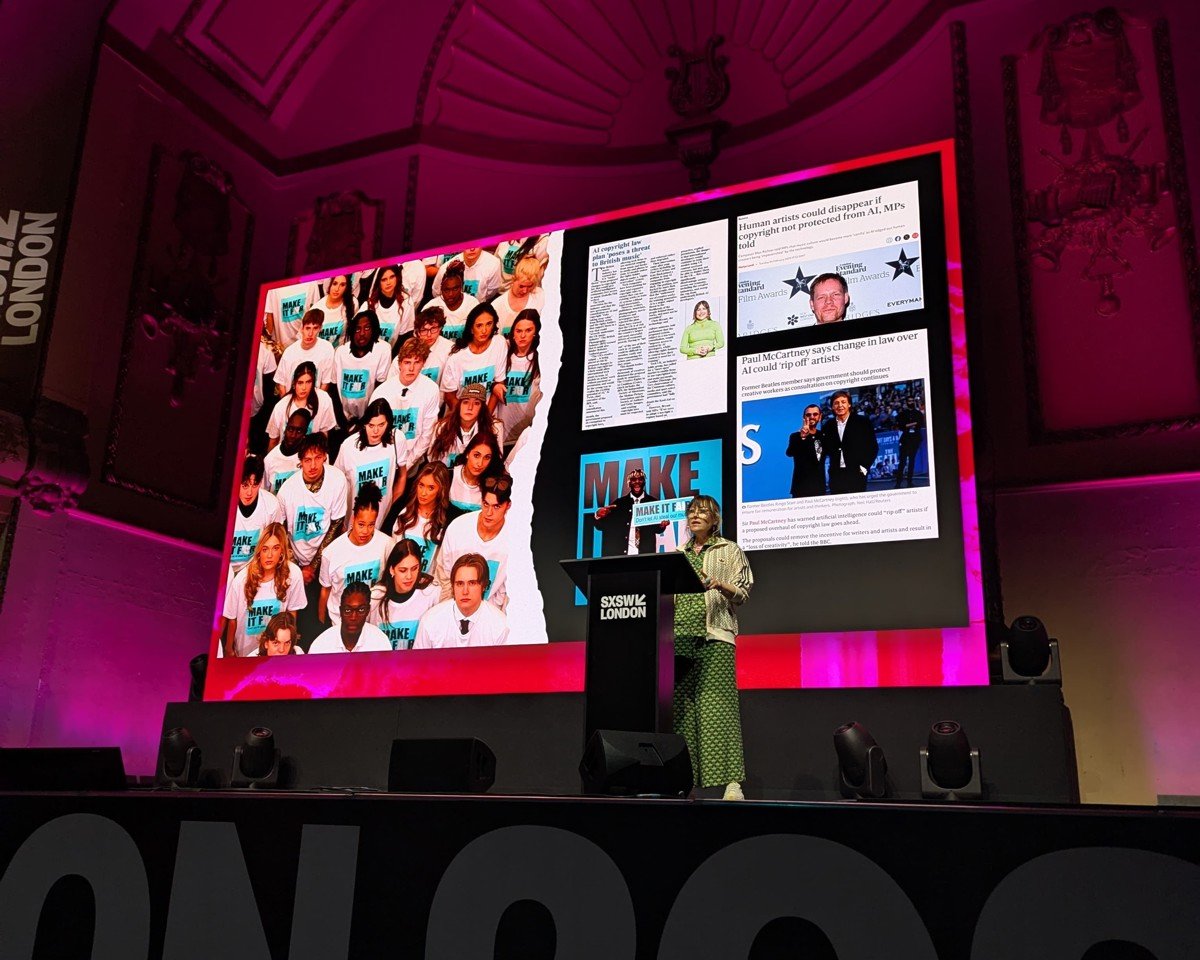Fandom is having a moment. Again.
There are endless headlines about the rise of the “new” fan - hyper-engaged, platform-native, born into meme culture and fluent in niche. Reports churn out taxonomies and traits: the Gen Z sports obsessive, the K-pop stan, the streaming superfan. The message is clear: fans are a powerful cohort, and brands need to figure them out.
But here's the problem: most of the conversation still treats fandom like a fixed attribute - a type of person to be targeted, instead of a context-dependent behaviour to be earned.
Let’s be clear: fandom is not a personality type. It’s a response.
It emerges when the right conditions exist - when people find cultural meaning, community, emotional return or creative agency in the worlds they connect with.
Some of those conditions are designed. Others are accidental. But none of them are guaranteed.
Fandom is a system, not a segment
Brands love segmentation: who are these fans, where do they live, what’s their disposable income? Useful in some ways. But it misses the deeper point.
Two people with the same music taste or media habits might engage in wildly different ways depending on what the cultural system around them offers:
One fan watches passively. Another edits tour footage into narrative arcs with fan theories, inside jokes and timeline canon.
One buys a jersey. Another crowdfunds a documentary to preserve the club’s grassroots story.
One streams the album. Another builds a Discord server that outlives the release cycle.
Same interest. Different conditions. Different behaviour.
Fandom is shaped by access, expectation, community design, and the level of creative or emotional input the world around it allows. It’s not a thing people bring. It’s a thing they build - often in response to how a brand, artist or platform sets the tone.
Behaviour > Belonging
Want to understand the future of fandom? Don’t ask “Who are these people?” Ask “What are they able (or invited) to do?”
Are they given tools to remix and reframe stories?
Is there frictionless access to the source or mystique to unravel?
Is it reciprocal, performative, devotional, communal?
Does the platform enable connection or gatekeep it?
Some of the most successful fandoms didn’t scale because of who the fans were, but because of what the ecosystem allowed:
The NBA’s growth among Gen Z isn’t about youth appeal alone. It’s about its embrace of player-as-creator culture - from TikTok to League Fits to podcasting.
Coachella’s branded relevance isn’t rooted in legacy. It’s powered by the annual ritual of fashion, identity play, livestream hype, and digital presence far beyond the desert.
Dungeons & Dragons’ renaissance didn’t come from rebranding the game. It came from opening the gates, letting players become performers, creators and communities.
Numbers to know
63% of Gen Z say they connect more deeply with brands that help them express or create, not just consume (GWI, 2024).
The top 10% of artist superfans drive over 40% of digital music revenue - not just through streaming, but through ticketing, merch, and premium content (MIDiA Research).
Fandom-first platforms like Discord, AO3 and Letterboxd are growing faster than social platforms in active engagement metrics year-on-year (WARC, 2024).
So what does this mean for brands?
If you want to build real fandom, stop treating it like a demographic to court.
Instead:
Design for behaviour. Enable rituals, remixing, self-expression. Create the tools and signals that allow fans to act.
Respect the tempo. Not all engagement is always-on. Some fandoms thrive on drops, delays, suspense.
Map the inputs. Fandom isn’t output. It’s what happens when the cultural inputs - intimacy, relevance, recognition - align.
Because you don’t own fandom. You don’t get to define it.
You only get to design the conditions where it can emerge - or not.
Sources:
GWI “Future of the Creator Economy” Report, 2024
MIDiA Research: “Superfans & Monetisation” 2023
WARC: “Fandom Platforms 2024 Benchmark”































